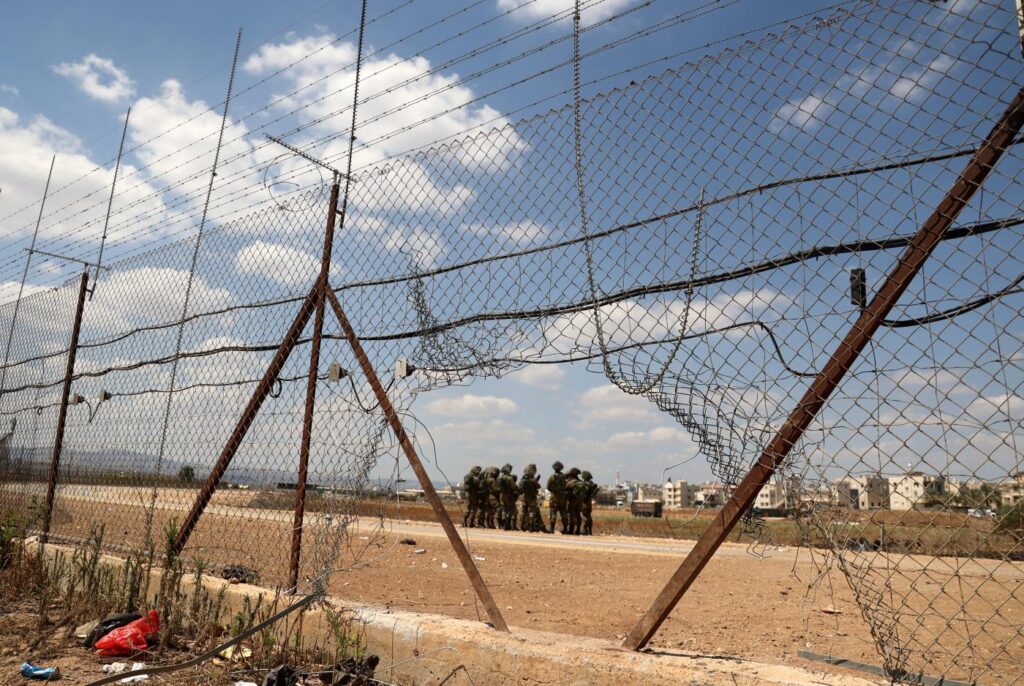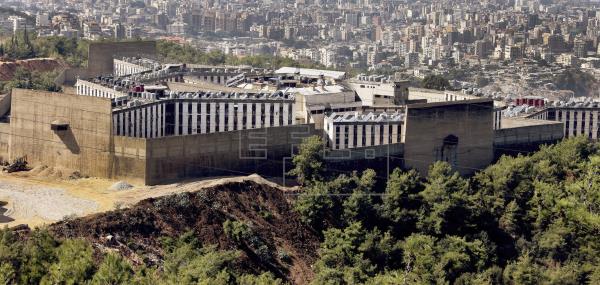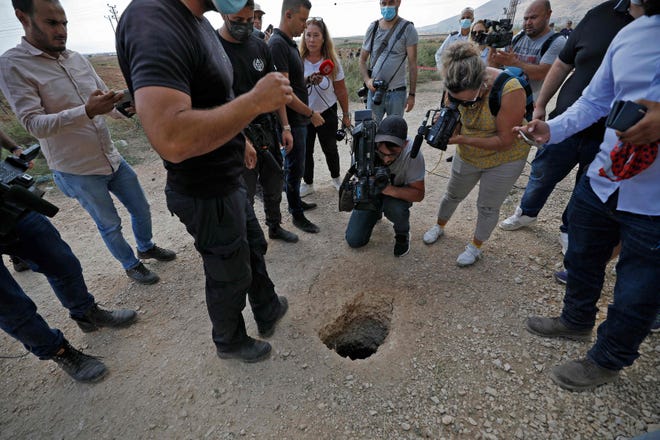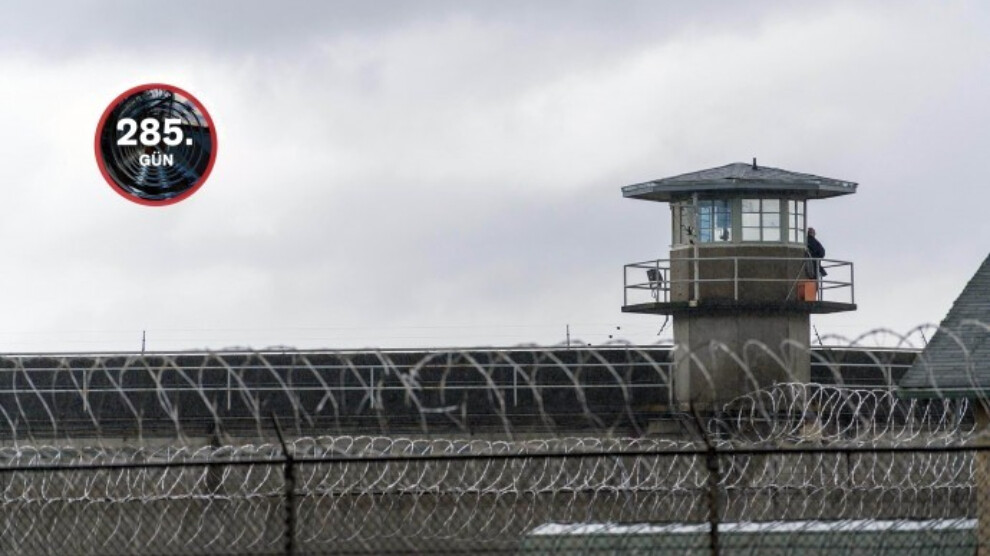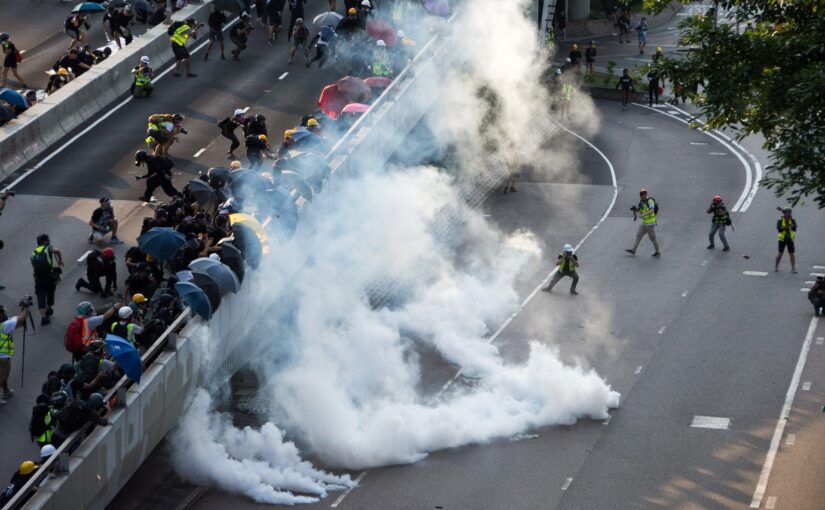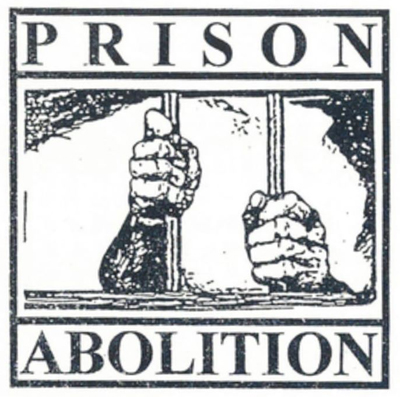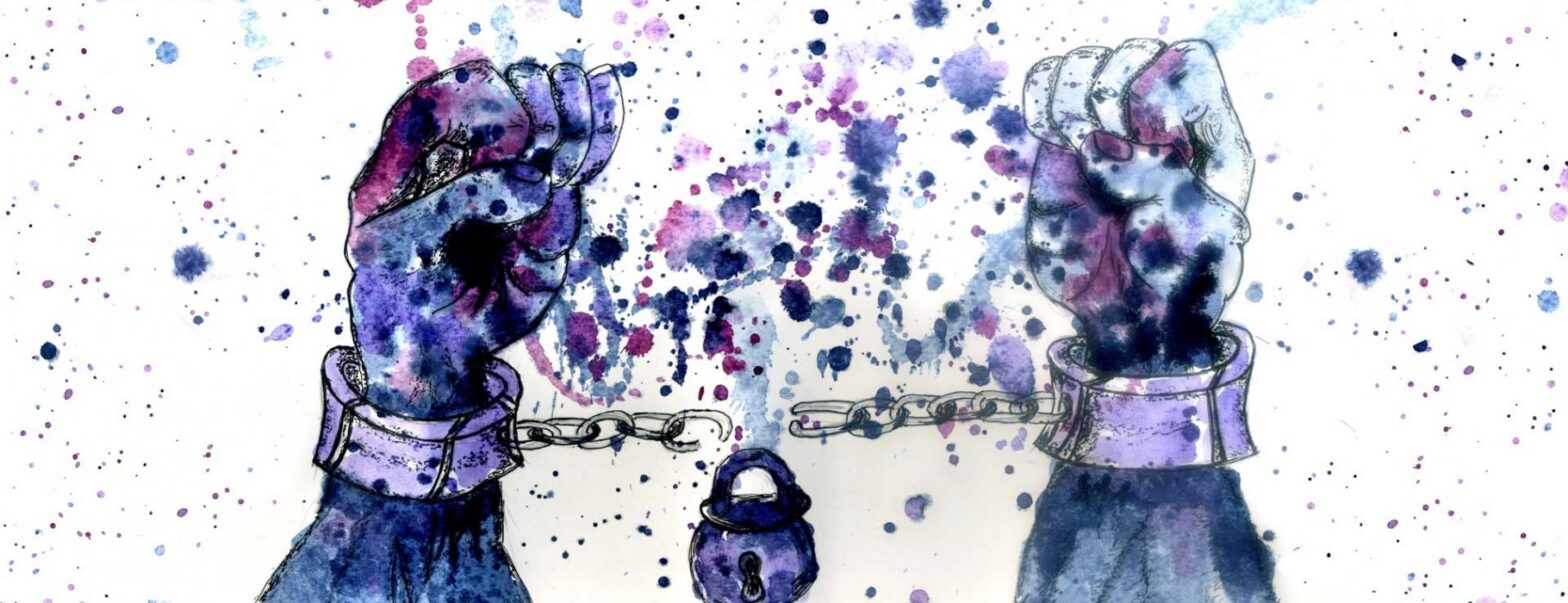By Samuel Chan and Alex Chowon June 8, 2020
Originally published in Lausan
Original: 【如何理解 Black Lives Matters?暴動是不被傾聽者的語言】, published in Matters
Translators: ah boat, P, LWH
This article has been edited for precision and clarity. If you would like to be involved in our translation work, please get in touch here.
As white police officer Derrick Chauvin pinned down George Floyd by kneeling on his neck, Floyd yelled “I can’t breathe” sixteen times before dying. Captured on video, George Floyd’s murder enraged many Americans. Local pundit Trevor Noah pointed out that there are two viruses in the United States: one being COVID-19 and the other being racism. The interplay between the two reveals the scars of the United States’ foundational systems of slavery and racial segregation. At the end of May, around 43.2 million people, out of a total of 328.2 million people, were unemployed in the US. According to the Economic Policy Institute, the unemployment rate of Black people is higher than that of white people. Although Black people only comprise around 10% of the population, they are twice as likely to die from contracting COVID-19.
On the other side of the Pacific, Hong Kong protesters have been lobbying U.S. politicians to launch the Hong Kong Human Rights and Democracy Act (HKHRDA) and revoke Hong Kong’s special trade status as part of the laam chau strategy in opposing the Chinese Communist Party (CCP). In light of ongoing resistance, protest, and looting in the U.S., as well as rumors from many fronts that CCP-sent outside agitators are infiltrating and escalating the movement there, how should Hongkongers understand the current protests?
The complicated nature of Hong Kong’s political situation has required countless Hongkongers to educate, illustrate, and translate information for foreigners, so that they will be moved by the city’s struggles. It is difficult to explain to outsiders why many Hongkongers decided to support both peaceful protestors and militant frontliners through discussing the original extradition bill alone; only through explanations of post-Handover histories of dissent and resistance, as well as the failures of other attempts at political reform, do outsiders begin to grasp the origins of Hong Kong’s struggles. Similarly, only examining the current protests against George Floyd’s murder may not be enough for Hongkongers to have a full understanding as to why protesters in the U.S. have adopted radical tactics.
In order to understand the current Black Lives Matter protests, we need to have a basic understanding of the history of Black oppression and resistance in the U.S.
From establishment to the Civil War: When Black people were treated as ⅗ of a full citizen
Before the Civil War, the U.S. maintained a system of slavery—this is a well-known fact. What people may not know is that the entire political and economic system is inseparable from slavery since the drafting of the American Constitution.
In the original thirteen American colonies, there was a split between the Northern states, which were known as the “free” states because they had banned the slave trade, and the Southern states, which continued to allow slavery. The greatest concern of the Southern states in joining the Union was that federal power would be so great that once they lose in the national game of democracy, they would be forced to abolish slavery. In order to establish the United States, Northern states were not only willing to weaken the power of the Union (this was also one of the main reasons for the U.S.’s federal system of government), but also to concede certain principles.
One of the key issues that these so-called founding fathers had to deal with was that of the enslaved person’s standing in society. Under the newly established federal government framework, each state’s tax rate and number of government representatives allocated would be proportional to the size of their population. Southern states therefore wanted slaves to be counted within the population for legislative representation purposes, but were unwilling to pay taxes on behalf of slaves, to which the Northern states were opposed. Finally, they agreed on the notorious Three-Fifths Compromise: in short, Black slaves would be seen as three-fifths of a citizen for taxation and electoral purposes. In the American Constitution, the system of slavery was written in black and white to remain unchanged for another twenty years; Northern states even promised to return any escaped slaves to their owners in the South. When the U.S. began to expand, in order to protect the balance of power between the North and the South, the two sides signed the Missouri Compromise (1820), promising that for every additional free state, a state that permitted slavery would be added accordingly. From this perspective, America’s current divide across state lines is a direct product of the system of slavery.
The interplay between COVID-19 and racism reveals the scars of the United States’ foundational systems of slavery and racial segregation.
For white Americans, the Declaration of Independence encapsulates their national ideal: “We hold these truths to be self-evident, that all men are created equal, and they are endowed by their Creator with certain unalienable Rights …” Yet the well-known orator and former slave Frederick Douglass made a speech on Independence Day in 1852, declaring that there was not a day that cast in such stark relief the contradictions and hypocrisy of the American people. The very reason that the various American states were able to come together to found a country was that the free states were willing to compromise the full humanity of Black people. From the position and historical perspective of many Black people, America has lacked legitimacy from its very foundation.
From the Civil War to the Civil Rights Movement: The Constitution is but a piece of wastepaper
Following the end of the Civil War, the introduction of the 13th Amendment abolished the institution of slavery, and the 14th and 15th Amendments guaranteed Black Americans’ civil liberties and voting rights. For freed slaves in the Reconstruction era (1863-1877), they may have provided a welcome glimmer of hope. During the Reconstruction era, the federal government used all kinds of coercive tactics, such as mobilizing federal troops, to ensure that the previous slave states would emancipate their slaves and enable them to exercise their civil liberties and voting rights. During Reconstruction, Black people participated actively in government; quite a few Black politicians emerged in the South. White people in the South were deeply afraid of losing their dominant position. As a result, there emerged white supremacist groups such as the Ku Klux Klan, who murdered and intimidated Black people who dared to participate in government or exercise their voting rights.
So long as the extremely unequal balance of power between Black and white people continued to be maintained, the Constitution is really only a piece of wastepaper for Black people.
From the end of the 19th century to the mid-20th century, whether in the South or the North, white Americans continued to engage in lynchings of Black people and other people of color (including Chinese people), to such an extent that this was basically taken for granted. And of course, those who conducted lynchings would never face punishment. After a number of years, white people in the North began to lose enthusiasm for the cause of protecting Black people’s rights. In 1877, not twenty years after the end of the American Civil War, federal troops withdrew from the South, and the period of Reconstruction was officially declared over. As soon as the federal troops withdrew, Southern state governments used different pretexts, such as taxation regulations or literacy requirements that on the surface had nothing to do with race, in order to restrict Black people’s voting rights. The most ridiculous of these is the “grandfather clause”: unless your grandfather had exercised his right to vote, you would not be able to exercise your right to vote, effectively excluding all recently emancipated Black slaves in one fell swoop. All of these different legal maneuvers ultimately caused the voting rate of Black people in the South to drop to less than 1%; their right to vote became illusory.
In reality, life did not change for the majority of Black people in the South after Emancipation. After the end of the Civil War, the majority of factories refused to hire freed people; having no alternatives, Black people were forced to return to the plantations to make a living and were “hired” on the same conditions that had existed under slavery. To make the situation even worse, many states introduced a series of racial segregation policies commonly known as the Jim Crow laws in the 1890s, which allowed businesses, schools, and transportation to refuse service to Black people and other non-white people. In the 1896 Plessy v. Ferguson case, the Supreme Court ruled that segregation was legal, paving the way for an additional 60 years of segregation in the U.S.
What Black people learnt from this history was that even as they were expressly granted rights under the U.S. Constitution, it did not necessarily follow that such rights could be exercised. So long as the extremely unequal balance of power between Black and white people continued to be maintained, the Constitution is really only a piece of wastepaper for Black people.
Black Civil Rights Movement: The dispute between the paths of civil disobedience and militant protest
Even if the system is corrupt, it is nonetheless necessary to try to resist from within—we know this as Hongkongers. In 1909, the National Association for Advancement of Colored People (NAACP) was established, and since then has been defending the rights of Black people in state and federal courts, forming the bedrock for the Black Civil Rights Movement in the 1950s and 1960s. In 1954, the NAACP fought its biggest battle since its inception: Brown v. Board of Education. In this case, the Supreme Court ruled that racial segregation in public schools was unconstitutional, overturning the ruling in Plessy v. Ferguson. Soon after, however, Black Americans realized that this victory was hollow. Because the Supreme Court had no executive power, Southern states decided to ignore the ruling of the Supreme Court, and continued to operate their policies of segregation. In 1955, Rosa Parks, the secretary of the Montgomery branch of the NAACP, was arrested for sitting in the whites-only seats on the bus. This was a critical turning point in the 1960s civil disobedience movement. Black Americans saw civil disobedience as legitimate and necessary, not only because legal protests could not bring about change, but also because in rejecting the segregation laws, they were simply exercising the rights granted to them in the Constitution.
Civil disobedience and Black nationalism became the Black resistance movement’s two strongest currents. These paths of struggle greatly opened up the imagination of Black American social movements.
In reality, for Black people of that time, protests simply could not come to a peaceful end. Because in every demonstration, they were violently repressed by white supremacists and police officers. The most notorious incidents include the Ku Klux Klan’s multiple bombings of African-American churches, including one which resulted in the murder of four young Black girls, after which Black people came on to the streets in protest. In response, the mayor mobilized a high-pressure water cannon and police hounds to suppress protesters, arresting nearly 2,000 people. The leader of the NAACP, Dr. Martin Luther King Jr., was also arrested in Birmingham, where he wrote his famous “Letter from a Birmingham Jail,” stating that he hoped that civil disobedience would serve as a path in-between concessionary and militant actions.
Of course, there were people who disagreed with Dr. Martin Luther King Jr.’s “peaceful, rational, non-violent” activism, such as the militant Black Panthers, of which Hong Kong militants love to sing praises, and most famously, Malcolm X. The most radical part of Malcolm X’s vision was not simply that he supported Black people’s self-defense, but that he also believed Black people should establish their own nation in America. In one interview, he said, “If the white people really passed meaningful laws, it would not be necessary to pass any more laws. There are already enough laws in the law books to protect an American citizen. You only need additional laws when you are dealing with someone who is not regarded as an American citizen …. If [the black man] was a real citizen, you’d need no more laws, you’d need no civil rights legislation.” For him, in the existing system, the difference in power between Black people and white people was too great, and any legal reform would only fail to protect Black people’s rights. Black nationalism was the only way out.
Civil disobedience and Black nationalism became the Black resistance movement’s two strongest currents; ironically, no matter which side they were on, both Dr. King and Malcolm X were ultimately assassinated. Yet these paths of struggle greatly opened up the imagination of Black American social movements, which were no longer constrained within the purview of the law and demonstrations.
The silence of progressives over the issues facing Black people
There may be a misunderstanding that even though Black people have been suppressed by conservative politicians, at least American progressives have always defended the rights of Black people. But historically, Black people’s rights have always been ignored or compromised by progressives.
In the 19th and 20th century, Black workers tried on multiple occasions to join various unions, but were blocked by white workers who had a monopoly on their leadership, even putting pressure on companies and factories not to hire or promote Black workers. Even open-minded union leaders believed that class should be the focus of struggle, rather than racial equality. When President Franklin D. Roosevelt advocated economic reforms under the New Deal in the 1930s, expanding the welfare state, he excluded Black people from various schemes in order to attract the support of Democrats in the Southern states who opposed Black civil rights. Even after the momentum of the civil rights movement passed, Black people have continued to face challenges in various parts of the progressive camp. For example, the 1970s feminist movement was dominated by white middle-class women. In 1977, a group of Black feminists issued the Combahee River Collective Statement, pointing out that white women were not only uninterested in the history and culture of Black women and women of color, they were also incapable of understanding and dealing with the intersecting class, race, and gender oppressions faced by Black women, resulting in the emergence of a Black feminist movement.
Black Americans’ social movements are not monolithic; in the face of different forms of marginalization, there is the conservative camp, the reformist camp, and even the pessimist camp (Afro-Pessimism is the most accurate representation of this camp’s philosophy). But for many Black people, it is not individuals, political parties, or sides of the political spectrum who oppress them, but the entire system of white supremacy. Black people do not feel that they owe the supposedly enlightened progressives anything either. For Black Americans to escape repression, they can only fight to save themselves.
Oppression today: why say “Black Lives Matter”?
If we’re only talking about legislation and what’s written on paper, then the rights of Black people would seem to have been increasingly protected. However, the problems Black people face have not been fully resolved because the political system of the United States has long been dominated by the interests of the white elite, while progressive parties have put Black issues on the back burner.
After racial segregation was deemed unconstitutional, many state and municipal governments fine-tuned their mechanisms and strategies for exclusion and segregation. Such examples include redlining, whereby officials deploy administrative measures to prevent Black people from buying homes in affluent areas, resulting in Black people predominantly living in poorer areas. In the United States, the quality of schools, hospitals, and other public utilities are tied to the resources of the region one lives in. As a result of these redlining practices, Black people have been systematically excluded from better facilities and plunged even deeper into inter-generational poverty. Since the Reagan years, the U.S. has privatized many of its public facilities as part of neoliberal economic policies, exacerbating the economic situation of Black people. (As many people know, the costs of medical care in the United States are extremely high; an ambulance ride can cost more than $600 USD.) Consequently, Black people who live in the most economically dispossessed areas of the U.S. bear the brunt of various crises such as the Great Recession, mortgage crisis, and opioid epidemic; in the ongoing COVID-19 epidemic, Black people make up 70% of deaths in the United States.
Historically, Black people’s rights have always been ignored or compromised by progressives.
Apart from politics and the economy, one of the most blatant forms of oppression towards Black people is that enacted by white supremacists and the police. American police have always used racial profiling in order to maintain law and order, presuming that Black people are all criminal. This has not only led Black people to suffer disproportionately from stop and searches; in 2013, 92% of people targeted by stop and search powers in Ferguson were Black. The police have continuously designated Black people as “dangerous” criminals, and have shot and/or used excessive force against them on many occasions. And because courtrooms are often presided over by white judges, white police officers who have murdered Black people often get off scot free. In 2012, a 17-year-old boy, Trayvon Martin, was followed, shot, and killed by neighborhood watch coordinator George Zimmerman. After the incident, not only did George Zimmerman escape conviction, he even sued Trayvon’s family for falsifying evidence. Subsequently, the Black Lives Matter movement emerged in order to respond to a system of legal enforcement that does not accord any value to Black people’s lives, spreading across the country. The reason for stating “Black Lives Matter” is that Black lives have been systematically devalued by the police, the courts, and by white-dominated society; it is an affirmation of the fact that Black people’s lives matter. The saying “All Lives Matter” is offensive because it completely ignores the reality that it is specifically Black people whose lives have historically been disregarded.
UCLA History professor Robin D.G. Kelley once analyzed that Black Americans have always been engaged in a low-intensity war with the American government. He said that in the eyes of others, sudden confrontations between Black people and the police may look like warfare, but Black people suffer many different kinds of attacks on a daily basis. According to statistics collected by the Malcolm X Grassroots Movement, a Black person is killed by the American government every 28 hours. Black people have never escaped the state of war. If we say that Hongkongers have spent the last twenty years learning that peaceful protests do not work, Black Americans have been living under this oppressive reality for four hundred years.
The saying ‘All Lives Matter’ is offensive because it completely ignores the reality that it is specifically Black people whose lives have historically been disregarded.
It is well known that liberal media outlets and politicians fetishize non-violent protest; even those who support Hong Kong have previously fixated on the fact that Hongkongers are “peaceful” protesters, while ignoring more militant aspects of the movement. It is unsurprising, then, that when such media outlets see Black people’s escalation of tactics, including setting fire to property and engaging in looting, they have condemned these forms of protest as “riots.” Interestingly, while Hongkongers have continuously rejected the definition of themselves as rioters, Black Americans’ response has been to quote Dr. Martin Luther King Jr: “A riot is the language of the unheard.” Not every Black person or supporter of Black Lives Matter supports escalation, fire-setting, or looting; but they do not sever ties with others in the movement, because they know that without disrupting societal order, no one will hear Black people’s voices. In reality, we all know that if protesters had not escalated their tactics, they would not receive such widespread attention. Protesters know that the true violence is the violence of the system—a system that is expropriating and killing Black people on a daily basis. One interviewee from the 2013 Ferguson uprisings said, “They say we destroying our own neighborhoods. We don’t own nothing out here!”
We can agree or disagree with their protest tactics, and empathize with or reject the looting that has occurred as a result of the uprisings. To truly engage in citizen diplomacy, we must first understand American history from the perspective of Black Americans; their struggle is not only rooted in four hundred years’ worth of experience in peaceful protest (often in vain), but is also a fundamental criticism of the entire oppressive system of American politics and society.
Can we connect?
The history of anti-racist mobilization is not limited to Black activists; it also includes Asian, Latinx, Indigenous, and other marginalized communities. Collectively, these movements and revolutions are pushing American society towards a more equal, diverse, and free track.
If we say that Hongkongers have spent the last twenty years learning that peaceful protests do not work, Black Americans have been living under this oppressive reality for four hundred years. While Hongkongers have continuously rejected the definition of themselves as rioters, Black Americans’ response has been to quote Dr. Martin Luther King Jr: ‘A riot is the language of the unheard.’
In this era, as the Sino-U.S. rivalry continues to escalate, Hongkongers need to step out of their financial haven, and connect with allies in the rest of the world; rather than centering ourselves, we need to face the world and its harsh realities head-on.
Within the American political system, representatives from both the Democratic and Republican parties have spoken out in support of the Hong Kong protests. Achieving a bipartisan coalition that supports the Hong Kong struggle, and manages to pass the HKHRDA, was not easy; it was traded through Hongkongers’ blood and sweat. The Democratic and Republican parties are not monoliths; apart from the two parties, American civil society also possesses independent power, and has continually sought to escape the vicious cycle of the two parties’ squabbles, even forcing the two parties to reform from within.
In regards to their relationships with the U.S., Hongkongers can not only engage in elite diplomacy, but can also be more active in various American civil society organizations and networks, and build trust and solidarity, just as Hongkongers and Taiwanese people have sought to establish friendships over many years. In pursuit of greater transnational solidarity, it will be up to Hongkongers to see whether we can situate ourselves in different parts of the community, understand their complex conflicts and their different experiences. We do not have to stick to one side, or one party; at the same time, we should not be simply be driven by transactional utility, seeking only self-preservation and the protection of elite diplomatic relations, thereby giving up on others who are similarly in pursuit of freedom and equality, seeking a defense of their fundamental rights.
In pursuit of greater transnational solidarity, it will be up to Hongkongers to see whether we can situate ourselves in different parts of the community, understand their complex conflicts, their different experiences.
We often ask: “How can we make people sustain their interest in Hong Kong? How can we compel people to stand with Hong Kong protesters?” To move beyond transactional relationships, we must also ask: “When others are in crisis, have we ever invested time and effort to understand their struggles, and extend our solidarity and support?”
Hongkongers understand that protesters’ choice of militant or peaceful tactics is not black and white; instead, unity is a strategy to progress our collective aims in a context of oppression. Hongkongers do not stand alone; and so when protesters across the world pay homage to us, we are all the more obliged to become reliable allies to their struggles. As the coronavirus outbreak subsides, and the national security laws come into effect, the task of liberating Hong Kong will require new forms of international solidarity.
As we step onto the international stage, hoping to establish ties with citizens of other countries, we must understand others’ needs, expand our base of support, and stand with others in the fight for justice.
Further reading
Frederick Douglass, “What to the Slave is the 4th of July” (1852)
Ida B. Wells, “Lynch Law in America” (1900)
Martin Luther King, Jr., “Letter from Birmingham Jail” (1963)
Malcolm X’s interview at UC Berkeley (1963)
Combahee River Collective, “The Combahee River Collective Statement” (1977)
Kimberle Crenshaw, “Mapping the Margins: Intersectionality, Identity Politics, and the Violence Against Women of Color” (1991)
Desmond S. King & Rogers M. Smith, “Racial Orders in American Political Development” (2005)
Robin D.G. Kelley, “The U.S. v. Trayvon Martin: How the system worked” (2013)
Vicky Osterweil, “In Defense of Looting” (2014)
